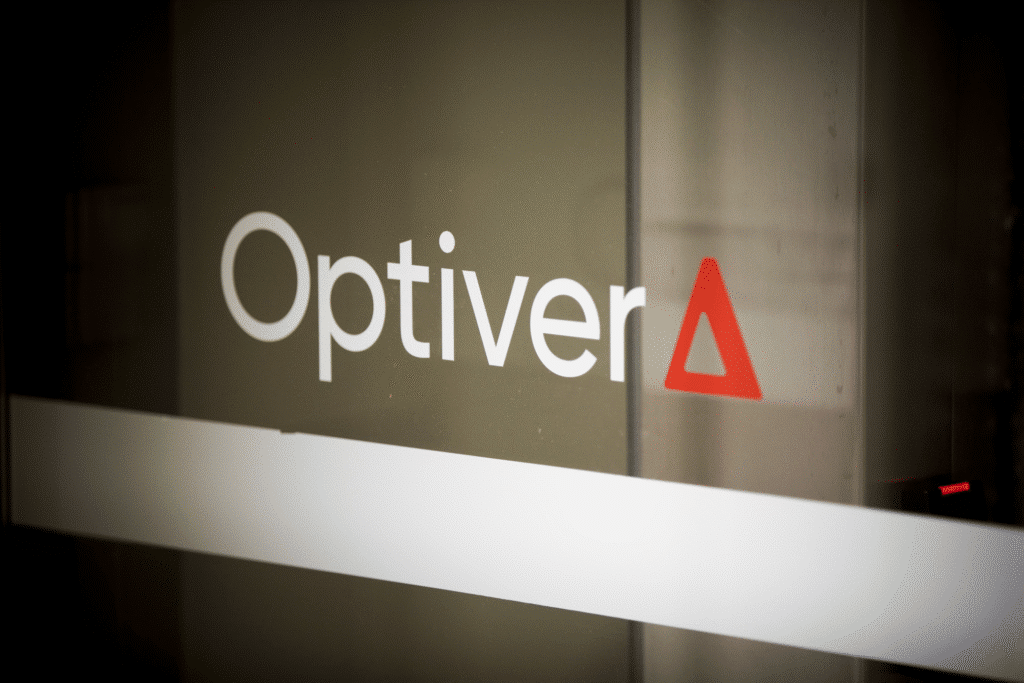Optiver, a leading global market maker renowned for its high-frequency trading and quantitative finance expertise, utilizes a rigorous Optiver OA to evaluatecandidates’ analytical, programming, and quantitative skills. This guide breaks down the key components of Optiver OA, offers samplequestions, and provides strategic preparation tips tailored to the firm’s unique requirements.

Understanding Optiver OA Structure
Optiver’s OA typically spans 90–120 minutes and consists of 3–4 sections designed to assess candidates acrossmultiple dimensions:
- Quantitative Analysis: Tests mathematical and statistical proficiency, often with finance-related contexts.
- Coding Challenges: Evaluates programming skills using languages like Python, C++, or Java, with a focus on algorithmic efficiency and code quality.
- Logical Reasoning: Measures problem-solving ability through puzzles, probability questions, and logical deductions.
- Trading Scenarios: Assesses financial acumen and decision-making in simulated market-making situations.
Success requires not only technical expertise but also the ability to think critically under time pressure.
Sample OA Questions & Solutions
1. Quantitative Analysis
Problem: Given a European call option with a strike price of $100, an underlying asset current price of $105, a risk-free interest rate of 2%, and atime to expiration of 1 year, calculate the option’s price using the Black-Scholes model. Assume a volatility of 20%.
2. Coding
Optiver is a market-making firm. You’re given an array prices where prices[i] represents the price of a certain stock at time i. You can buy and sell multiple times, but every trade must be a round trip — i.e., buy at time i, sell at time j with j > i.
However, there’s a twist:
- You can only hold one position at a time (i.e., no overlapping trades).
- There’s a mandatory 1-second cooldown after a sale before you can buy again.
Your task is to compute the maximum profit that can be made under these conditions.
3. Logical Reasoning
Problem: In a deck of 52 playing cards, you draw two cards without replacement. What is the probability that both cards are face cards (Jack, Queen, King)?
4. Trading Scenario
Problem: You are market-making for a stock with a current bid-ask spread of $100–$101. Your inventory limit is 100 shares. If you receive alarge sell order for 200 shares at the bid price, how would you manage the risk?
全方位支援您的夢想!
從代理訪談和代碼編寫到考試支援和出國留學協助、 Programhelp 是您學業和職業成功的一站式解決方案。現在就聯繫我們,開始您的成功之旅!


